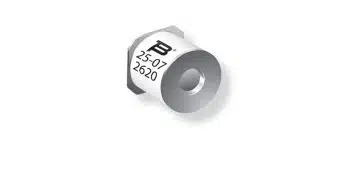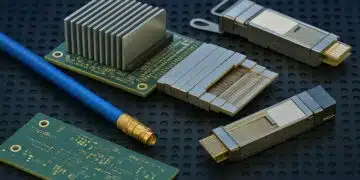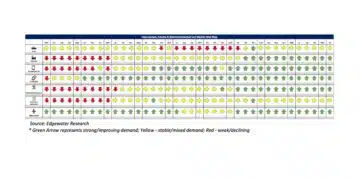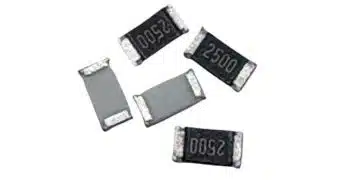In this Würth Elektronik webinar Muhammad Ali Khalid present and explains how the high frequency common mode noise is generated and what are the different shielding and filter solutions that can be used as counter measures to mitigate it.
The USB 3 data handling capability has increased manifolds over the past few years and we can see the same trend with other digital switching circuits like HDMI and Thunderbolt etc.
The increased functionality comes with a hidden cost i.e. common mode noise. This noise can interfere with 4G/LTE or Wi-Fi/ Bluetooth antennas resulting in “Antenna de-sense” and communication failure.
An innovative common mode choke design, based on transmission lines model is also presented which can be a game changer for your designs.































